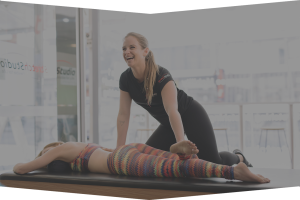
Regular stretching offers numerous benefits for physical and mental well-being, yet many people struggle to incorporate it into their daily routine due to common barriers. By identifying and addressing these barriers, you can overcome obstacles to regular stretch near me and enjoy the rewards of improved flexibility, reduced muscle tension, and improved overall health.
Lack of time:
One of the most common barriers to regular stretching is a perceived lack of time. However, incorporating stretching into your daily routine doesn’t have to be time-consuming. Break down your stretching routine into shorter sessions throughout the day, such as a few minutes in the morning, during work breaks, or before bed. By making stretching a priority and finding small pockets of time to dedicate to it, you can overcome the barrier of time constraints and reap the benefits of consistent stretching.
Lack of motivation:
Another barrier to regular stretching is a lack of motivation or consistency. To stay motivated, set specific goals for your stretching routine, such as improving flexibility, reducing muscle tightness, or alleviating discomfort. Break your goals down into manageable steps and track your progress over time to stay motivated and accountable. Additionally, find activities or environments that you enjoy, such as listening to music or practicing yoga, to make stretching more enjoyable and sustainable.
Discomfort or pain:
Some people avoid stretching due to discomfort or pain, especially if they have tight muscles or existing injuries. However, gentle and gradual stretching can help alleviate discomfort over time and improve flexibility and mobility. Start with gentle stretches and listen to your body’s cues, avoiding any movements that cause sharp pain or exacerbate existing injuries. Incorporate modifications or props, such as straps or blocks, to support your body and make stretching more comfortable and accessible.
Lack of knowledge or guidance:
For many people, a lack of knowledge or guidance about proper stretching techniques can be a barrier to regular practice. Educate yourself about different types of stretches, such as static, dynamic, and proprioceptive neuromuscular facilitation (PNF), and learn how to perform them safely and effectively. Consider seeking guidance from a certified fitness professional or physical therapist that can provide personalized instruction and guidance tailored to your specific needs and goals.
Mental barriers:
Along with physical barriers, mental obstacles such as stress, anxiety, or distraction can hinder regular stretching practice. Incorporate mindfulness techniques into your stretching routine, such as deep breathing, visualization, or guided meditation, to quiet the mind and improve relaxation. Create a calm and inviting environment for stretching, free from distractions and external pressures, to promote focus and presence during your practice.







